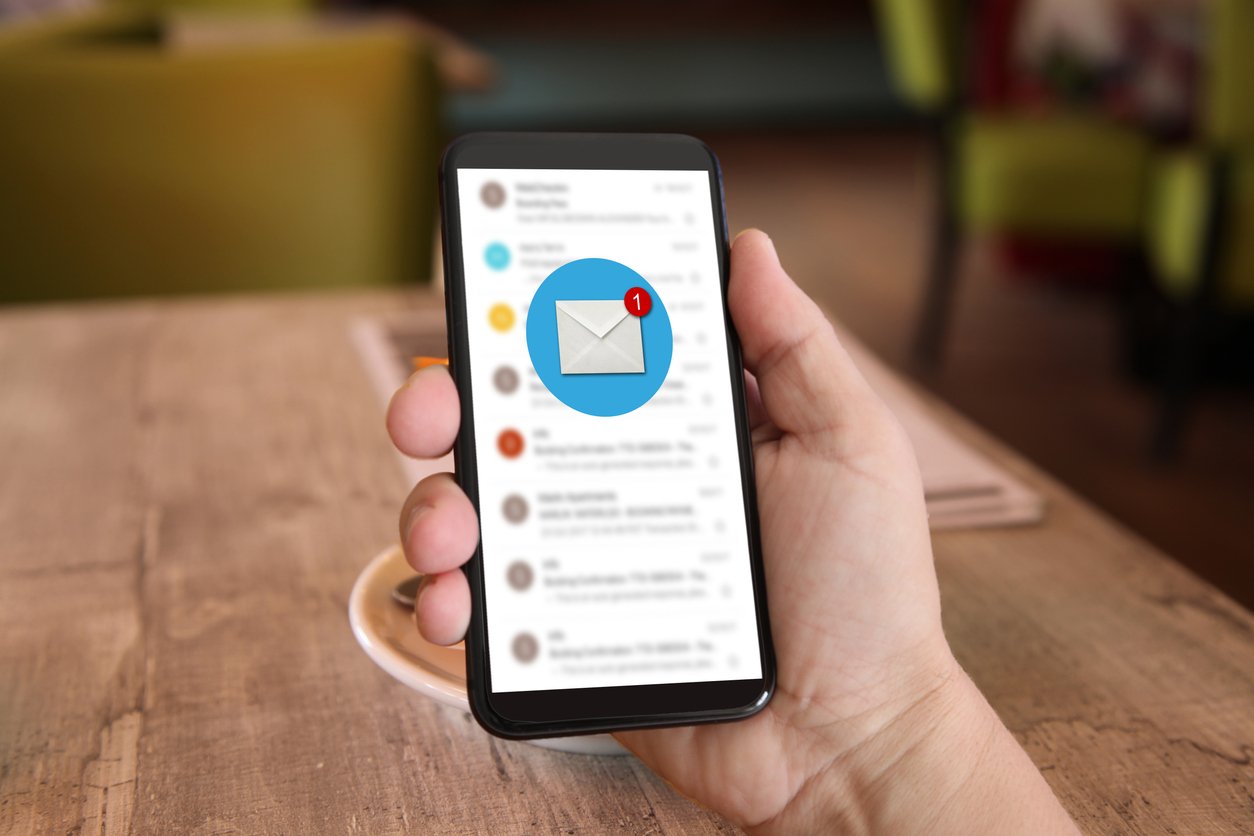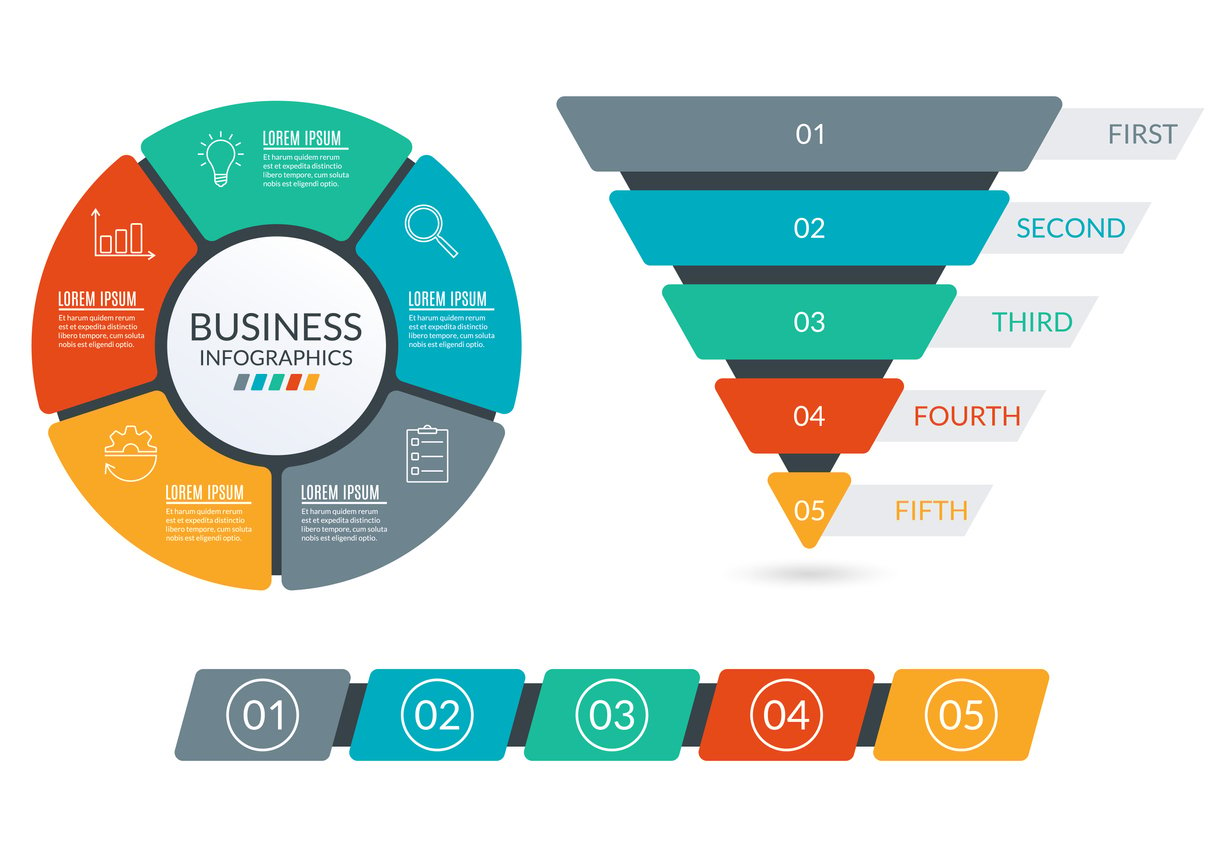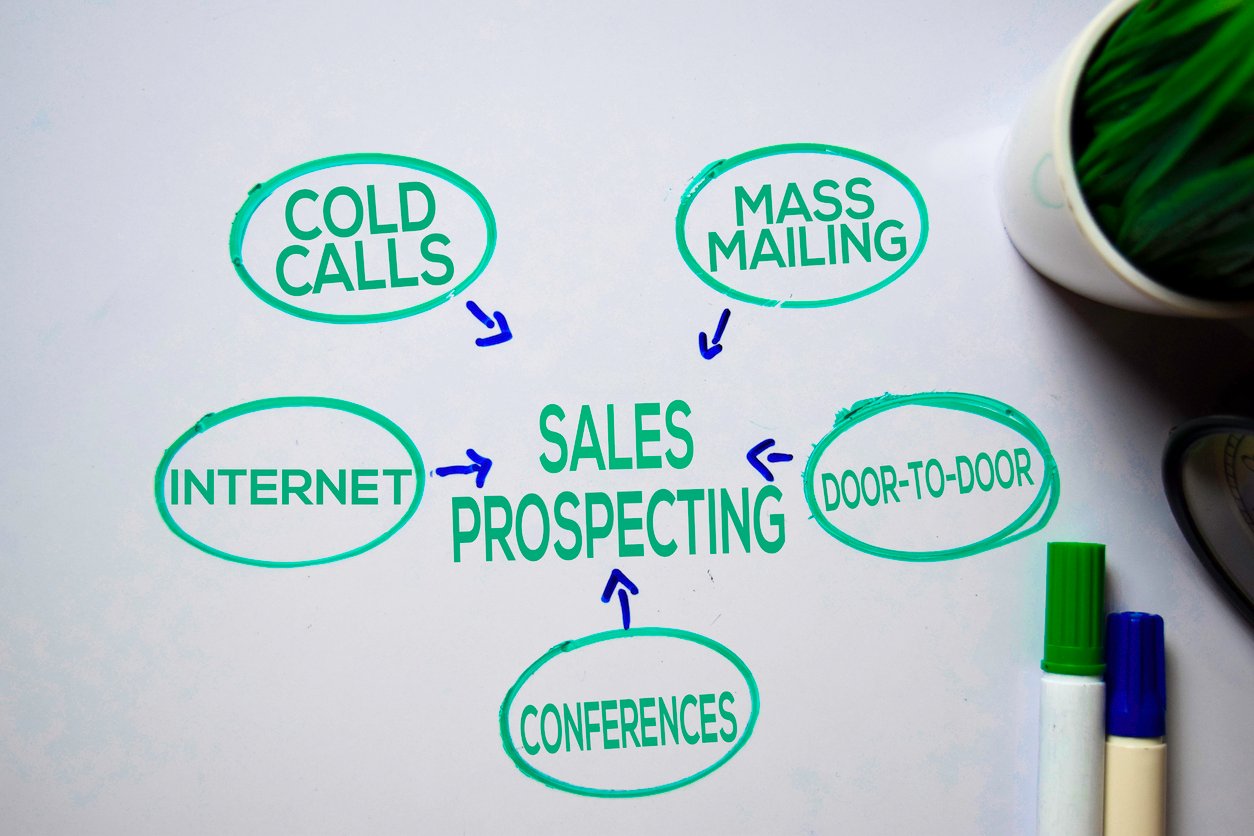
How to Close a Sale [Top 5 Strategies that Actually Work]
 Updated on
Updated on
By Ringy
Table of Contents
Table of Contents
In a perfect world, closing deals would be five simple steps:
- Show up prepared with a winning smile
- Answer the prospect's questions
- Pitch the product
- The product is objectively so good it speaks for itself
- Deal closed, confetti is thrown – new customer!
Record scratch.
But we aren't in a perfect world. We're in the real world.
And out here, the prospect can be unimpressed by your product. They can have another solution. They never got to hear the one golden reason why your product would solve all their problems – because you never discovered the issue in the first place.
How to close a sale time after time can be tricky. That's where we come in.
So would it be alright if we went over closing strategies in sales, common challenges, industry-specific tips, and some success stories from pro salespeople?
It should only take a few minutes.
Do we have a deal?
The Importance of Closing a Sale
Closing a sale is the most crucial part of the sales process. This is what determines if your efforts amount to nothing – or if you get closer to the quota outlined in your sales plan.
It's the make-or-break part of the sales process. It's the difference between a prospect and a customer.
And a new customer isn't only one deal won. It can lead to more deals due to customer loyalty, and a loyal customer spends 67% more than a new client.
So if the closing is the most crucial part of sales – why does it have to be so damn hard?
Glancing at these frustrating close rate percentages by industry, you can see why closing sales strategies are so important:
|
Industry |
Close rate |
|
Business and industrial |
|
|
Computer software |
22% |
|
Computers and electronics |
23% |
|
Finance |
19% |
|
Biotechnology |
15% |
The highest stat on that list is 27%. The highest.
Are we digging into the importance of studying, practicing, and nailing down closing techniques?
If only there were a how-to guide on how to close a sale – addressing the challenges you face, the industry you're in, and full of proven sales closing strategies.
Just kidding.
Let's start by addressing those challenges, eh?
Challenges with Closing Sales

When the average overall win rate is 47% – 25% being no decision and 28% being lost to a competitor – you know there are some nasty challenges with closing a sale.
A quick summary of the most common sales closing challenges:
- Your relationship with the prospect isn't strong enough
- They aren't a qualified prospect
- You didn't dig up the right problem
- You didn't explore the impact of the problem
- Slow, lackluster follow-up
- Lack of confidence and authority
Let's go into these in detail.
Your relationship with the prospect isn't strong enough
I'm just not ready for that level of commitment.
Strong relationships matter when making a sale – but why is that the case?
A strong relationship increases your influence with the prospect, making them more open to your message, which makes them more likely to get you in contact with key decision-makers, who will be more likely to share information and pain points with you.
And it snowballs from there.
If you didn't take the time to build rapport, show empathy, actually listen to them, and nurture trust, a close will not happen.
They aren't a qualified prospect
Not every sales opportunity is a suitable sales opportunity.
Yes, not every prospect is a fit for your business and your product – they could be a waste of your precious time. Studies show that about 50% of all prospects aren't a good fit for your business.
And it isn't exactly a closely-kept secret on how to qualify a lead to ensure (or at least make it much more likely) it leads to success.
You didn't ask the prospect the right questions, such as “What do you see as the next steps?” or “Have you established a budget for this?” or “How does your organization typically handle deals like this?”.
Sometimes you can even answer some of these qualifying questions yourself by trawling social media.
Or make it even easier on yourself and qualify leads through your CRM using a lead information system.
You didn't dig up the right problem
Problems are the driving force behind every purchase.
If the prospect thinks they're 100% happy with their current solution, they don't need to buy a new one.
The keyword here is “thinks.”
It's your job to dig up pain points and issues – the prospect is unlikely to just gush about every relevant problem unprompted. Asking deep, probing questions will help turn up problems you can suggest a way to solve.
Only 61% of salespeople feel skilled at finding a prospect's pain points.
Quick tip on asking questions: make sure they aren't yes/no questions. Questions that prompt a deeper answer will give you more information on the customer.
You didn't explore the impact of the problem
This is related to the last point.
If you never discovered the problem itself, you didn't uncover the impact the problem has on their business.
And the effects of their situation are your most significant tool to agitate the pain point and turn it into a “RED ALERT – I NEED TO FIX THIS NOW.”
Let's explore what a powerful question looks like next to a cheesy, clichéd, salesy question:
|
Powerful questions |
Clichéd/Weak questions |
|
“What would happen if you couldn't achieve this [goal]?” |
“Does that keep you up at night?” |
|
“How would it impact you if [problem] continues?” |
“Would solving that problem get you to buy right now? |
A powerful question dives deep into the issue. Powerful questions help the prospect understand how important it is to go through with the deal.
If you never uncovered how this problem would spread, domino, and cause havoc – the prospect has no real reason to spend money.
Slow & lackluster follow-up
You asked for the close, and the prospect said:
“We need some time to think.”
So you just sat back and waited.
Around here, you don't just sit on your thumbs and wait – follow up and make it consistent!
Many deals are lost because the prospect needs some time, and you don't want to be pushy. Now, we aren't saying be pushy, but we are saying that your job is to sell, and sometimes that entails being a little forward.
Simply asking the prospect how much time they need is a respectful way of doing this. If they say they need one week, tell them you'll be contacting them in a week to see how they're feeling.
You can even ask if you can be present during a decision-making process to be available to answer any questions that arise.
These tactics help keep you in control so that when you hear “I need a little time,” it doesn't translate to “You'll never hear from me again.”
Lack of confidence and authority
We understand. After hearing “No!” so many times, it can be a blow to your confidence. You start to expect it. 48% of sales calls end without any attempt to close.
You go into a call with no oomph, no chutzpah – you're going in half-assed because you're already expecting a “No.”
Would it be intimidating to say that prospects can smell fear?
In a way, it's true. Your body language, choice of words, and attitude are all affected by this – and it matters.
The confidence you have in your product is more potent than the product itself.
A customer won't believe that your product is the best choice if you don't believe it first.
How to Close a Sale
Alright, we know those challenges have made the atmosphere all doom and gloom. So let's lighten the mood by going over a few industry-specific closing sales strategies.
In insurance
With nearly 6,000 insurance companies in the US alone, you have to have some solid tricks to close deals and sign new customers.
It's a good idea to ask about their current provider and if they've experienced any issues while covered by that plan. Has it covered everything they've needed help with? Is it lacking anything significant?
Another tip: don't think about closing.
Yeah, that's kind of insane, right?
Instead, put your focus on matching a prospect with their ideal plan. That will close a deal faster than focusing on closing.
Create a connection, so they know you're working for them – not for yourself or your business. This circles back around to our earlier point: building a relationship with the prospect.
You want their trust – you want them to feel secure.
And you can more easily build that relationship when you have ready access to all your customer's information in your insurance CRM.
In the legal sector

It can be tricky when you signed on to uphold justice and help people's problems – not be a salesperson.
Generally, the closing can be complicated in what is most likely a delicate, emotional situation. So a good tactic is to utilize a common legal soft skill: empathy. People will close with people they like, so talk to your clients, relate to them, and listen to their needs.
It will be easier to ask for that (sometimes awkward) close.
Another gentle way is to go for an assumptive close, such as: “If you choose to move forward, the next steps are….”
This is a subtle way of suggesting a close that's easier on everyone involved.
In financial services
Here we go with the relationship thing again.
But it has to be said that building a solid relationship based on trust is crucial in finance. Trust and finance go hand-in-hand. Money is one of the essential things in life, after all.
Nurturing the prospect's trust leads to more meaningful conversations, leading to you learning more about your customers. This leads to a strong relationship, which means a close deal – but potentially a long-term relationship that leads to more sales, which is much better than a one-time transaction (we went over that, too!).
See how you can build that relationship a little faster in our blog post on the reasons to implement a CRM for financial advisors.
In small business
Selling in a small business can be rough – you don't have it relatively as cushy as the big leaguers, and every opportunity can seem precious.
But look, aggressively chasing every lead will leave you exhausted.
You're just like the big guys in this way: qualify your leads and prospects. Prioritize the best, most promising opportunities.
Suggesting specific terms is a commonly used small business tactic, too. What do we mean by that? Something like:
“We can offer the premium package for $200 / month for the first three months and $300 / month. So that would be starting in September.”
The prospect can then pinpoint what they don't like: “We'd rather start in October….”
This puts the ball in the prospect's court, but you're still in control.
It's also somewhat of an assumptive close – so why don't we get on to these strategies in-depth, eh?
5 Closing Strategies in Sales

Here's what we've all been waiting for: proven sales closing strategies so you can win that deal and get another tally on your quota.
The five biggest closing strategies for sales are:
- The assumptive close
- The now or never close
- The Columbo close
- The puppy dog close
- The deep questioning close
We hear your biggest question loud and clear – does number four actually involve puppies 🐶?
Read on to find out.
Assumptive close
This close is based on the belief that you got this one in the bag. Your language, demeanor, and tone reflect that the close is guaranteed.
It's essential to monitor your prospect's interest throughout this process to maintain calm authority that's justified.
A few assumptive close examples:
- “Whose name do I make the invoice out to?”
- “How quickly do you need the software implemented?”
- “Which method of payment do you prefer?”
The assumptive close works because your positivity is contagious, and prospects can't help but feel better about your product when you ooze such confidence.
Now or never close
This close is all about creating a sense of urgency to give the prospect a teeny little push into closing. Light a little fire underneath them.
Some urgency-based closing strategies in sales include:
- “This is the last product we have available.”
- “Signing today would get you 10% off.”
- “If you implement our software by July, your company could start using it by August.”
The now or never close is especially useful for prospects that are already very likely to close. Because they then figure that if they were going to buy anyway, they might as well get some kind of perk.
Columbo close
The TV detective Columbo would always wait until the perp thought he was safe before turning around and adding:
“One more thing.”
This is a great sales closing technique (as well as being a cool one-liner).
If a prospect looks like they're losing interest and may just be on their way out – use this line and pull out the big guns. It's a last-ditch effort to showcase a nice feature of your product before they high-tail it out.
If they're on their way out anyway, you may as well go out with a bang.
Puppy dog close
Named after the idea that if someone were to hold an adorable puppy (feel its softness, get some puppy kisses, etc.), they wouldn't be able to imagine going home without it.
This close is all about letting your prospect try something, so they can realize how much they need it.
Free trials or giving the prospect access to the product for a certain time work like a charm. They'll get used to it and won't be able to picture life without it.
After you spend some time having quick, intuitive software manage your leads and deals, it'll seem like a nightmare to go back to spreadsheets.
Deep questioning close
Have you ever said no to someone but kept the reason for saying no to yourself?
Of course, you have. It's human nature.
Got a feeling that the prospect isn't saying yes for a reason? Find out.
Asking deep, probing questions will help uncover the cause behind this “No”. Get them to explain precisely why this solution isn't for them.
Dig in and discover their objections.
If you know why it is they aren't interested –
- Too expensive
- I'm not the primary decision-maker
- It doesn't have X feature
Then you can adequately address their objections and explain why your product meets their needs and exceeds expectations.
Hungry for more techniques on how to close a sale? Dive into an entire blog post on sales closing techniques for more.
Sales Closing Success Stories

Let's keep this positive mojo going with some sales success stories. Advice and tips from people who close deals every day.
…or at least every other day.
“Something special”
Veteran salesman and author James Muir talks about his secret weapon to closing more sales that he calls “Something special”.
Offering discounts is all well and good, but he explains that if you offer a value to get a prospect to close early and they don't – they'll still expect the discount next quarter.
“You offered me 10% off last week – why not now?”
Any answer you give won't sound great.
He proposes the phrase instead: “Does it make sense for me to see if we can do something special for you if we can get everything wrapped up by the end of the quarter?”
Why this works is that if you close by the end of the quarter – congrats, you made quota, champagne all around!
If you don't? You never have to disclose what the “something special” was to the prospect, so they never have to miss it.
Motivate the prospect to talk
Josh Braun explains a close winning technique he learned selling newspapers as a kid.
Yep, and it's still applicable now that he's all grown up.
He explains that he was partnered with another kid, called Emma, who was a whiz at selling newspapers. Her secret? No hard pitches or blunt statements.
Swap statements for questions. Questions motivate people to answer, and they start talking. Having meaningful, detailed conservation with a prospect will give you more information than just running off a monologue.
Emma had a 60% close rate. And 9/10 of her customers gave her an immediate smile due to her candor, honesty, and charm.
Asking questions and listening to the answers go a long way. But we think Braun words it best:
“People don't buy because they understand you. They buy because you understand them. “
Just one more
This tactic is a little bit sneaky.
Saad Khan has a winning strategy: Tell the prospect that you only need one more sale to hit the quota. Yes, even if you don't (that's the point!).
You're showing vulnerability, you're showing you're human – and people are inherently good. People like to help another person out.
He backs it up with data from his AE Daniel Ryan, who booked 18 meetings, closed three deals, and got one large account deep in the cycle using it.
Khan says it's a great month-end tactic when you need to hit quota. Do it – just don't make it a habit.
FAQs
“How do you close a sale every time?”
Stay calm, stay confident, handle objections, and accept your prospect's views and opinions.
Okay, so maybe there isn't a way to guarantee a sale every time – but these tips will get you close.
“What is the most important part of closing a sale?”
Trust, and the relationship between salesperson and prospect were rated the #1 most influential factor when closing a deal.
It even ranked higher than monetary considerations, like pricing or ROI.
To build up that rapport and nurture that relationship, troops!
“How do you close a sale without being pushy?”
Your tone and body language will be less pushy by adapting these three techniques:
Listen to your prospect's needs, stay positive, and retain confidence and authority.
Using an assumptive close is also helpful for going in for the close without being too pushy. A question like “What day would you like to start implementing our software?” nudges the suggestion of a close towards the prospect without it being a hard sell.
Start Closing More Sales

How to close a sale may be hard, but it isn't a mystery, and it certainly isn't impossible.
Closing a sale is a skill like any other. It takes learned techniques, strategies, and practice to nail it down.
Identify and examine your biggest challenges, take those success stories to heart, and pull aside a peer and practice those closing strategies on them.
While you practice, why not read up on some more advice for reaching quota with our blog posts on tips to achieve sales goals and the importance of a CRM sales process.

Skyrocket your sales with the CRM that does it all.
Calling? Check. SMS? Check. Automation and AI? Check. Effortlessly keep in touch with your customers and boost your revenue without limits.

Take your sales to new heights with Ringy.
Sales in a slump? Ringy gives you the tools and flexibility you need to capture leads, engage with them, and turn them into customers.
Subscribe to Our Blog
Enter your email to get the latest updates sent straight to your inbox!
Categories
Related Articles
































































































